Space Odyssey
Dan Mindel BSC ASC SASC / Star Wars: The Rise Of Skywalker
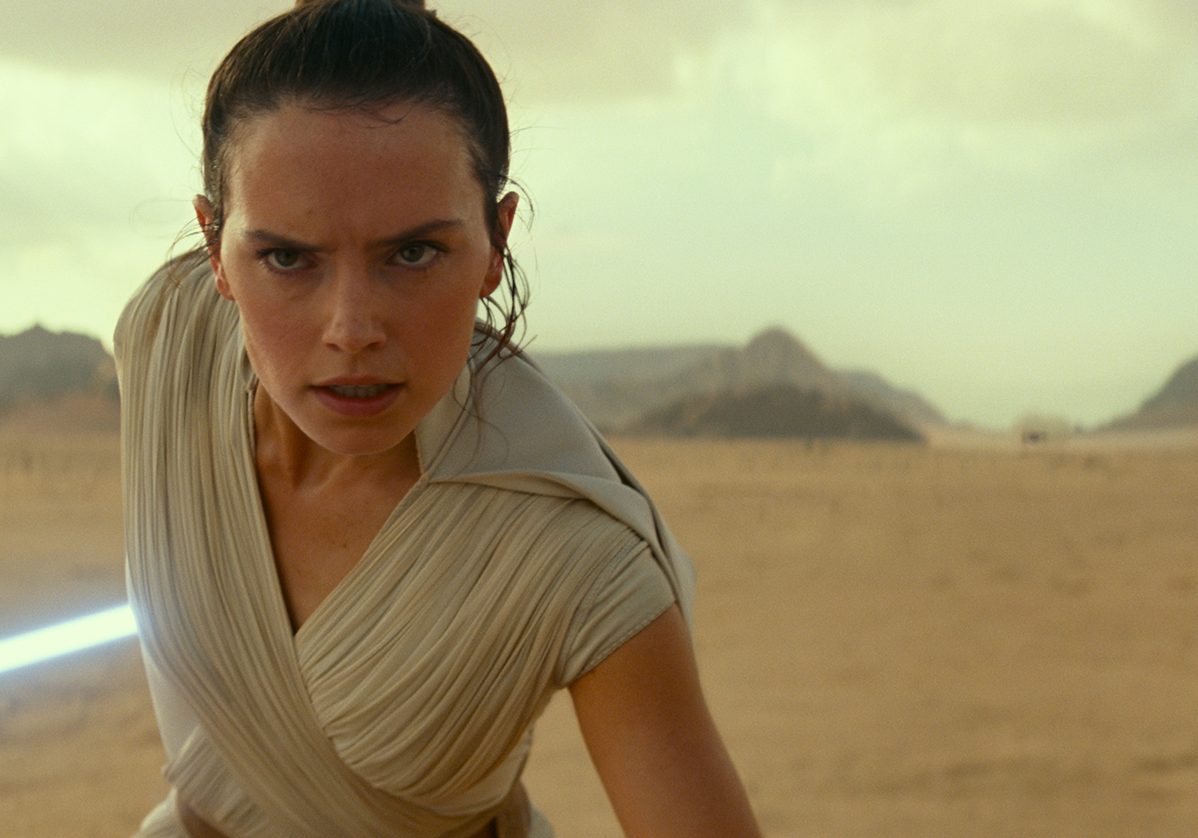
Space Odyssey
Dan Mindel BSC ASC SASC / Star Wars: The Rise Of Skywalker
BY: Ron Prince
Over the last four decades, the Star Wars franchise has achieved a legendary status that most others can only dream about - never mind its financial success with earnings in excess of $9billion for the movies themselves, and a staggering $68billion for its wider merchandising universe… so far.
So when it came to filming Star Wars: The Rise Of Skywalker, the ninth and concluding episode of the epic sci-fi saga first created by George Lucas in 1977, director J.J. Abrams and his regular cinematographer Dan Mindel BSC ASC knew they had to deliver something spectacular.
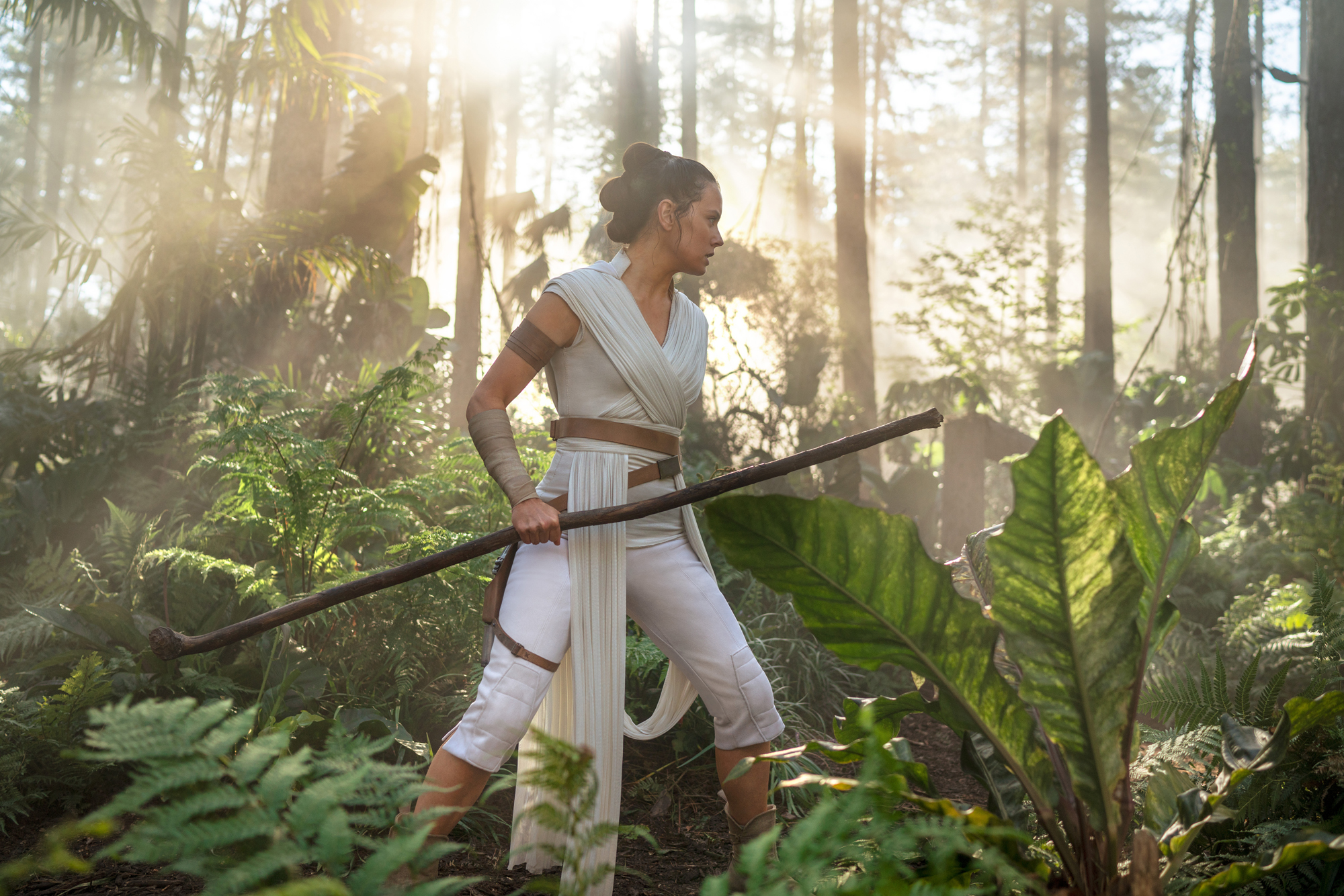
"Star Wars is the mother of all sci-fi fantasy films, and we weren't just facing an extraordinarily complex shoot from a technical point-of-view, we also had to honour and protect the legacy of what had gone before, whilst making an original movie in its own right," says Mindel.
"As far as storytelling goes for the big screen, in my opinion celluloid film remains the most texturized and powerful medium that exists. It gives you the opportunity to make a feature that will stand out against the sterility of other productions on our screens these days in terms of depth and colour.
"I was determined, through the lighting, lenses and celluloid, to take Star Wars: The Rise Of Skywalker to another level for audiences around the world and, hopefully, to excite other filmmakers as to stellar results film can deliver, whatever their budget."
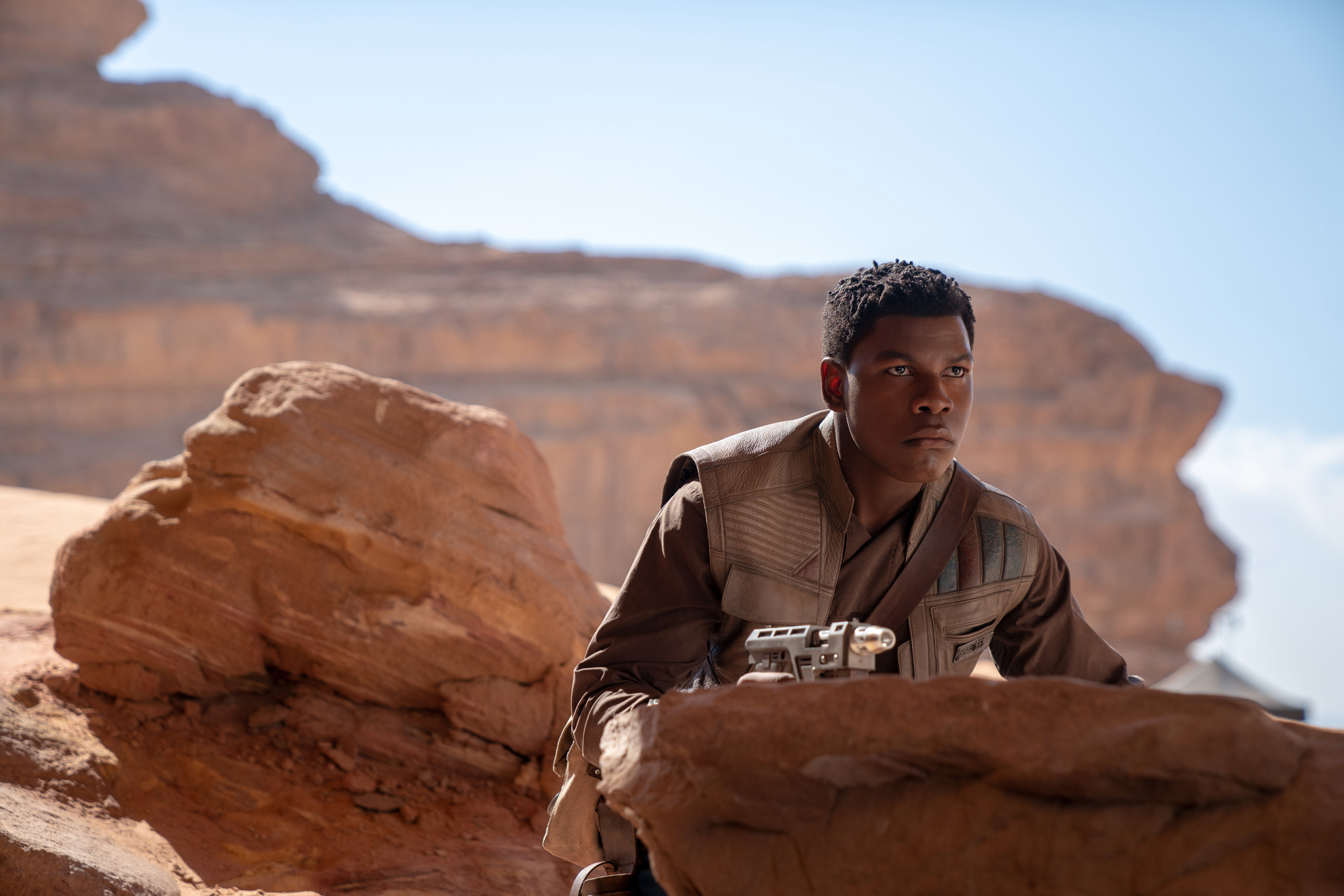
Peppered with pulsating inter-galactic action, the story sees the remnants of The Resistance face The First Order in a final showdown, whilst also reckoning with the past and their own inner turmoil. Meanwhile, the ancient conflict between the Jedi and the Sith reaches its climax bringing the Skywalker saga to a definitive end.
The film stars Daisy Ridley as Resistance-member and last Jedi warrior Rey, Mark Hamill as last Jedi Master Luke Skywalker, John Boyega as Resistance fighter Finn, and Oscar Isaac as Poe Dameron, commander of the Resistance, as they pit their wits against Kylo Ren, the Supreme Leader of the First Order, played by Adam Driver.
It also features the second posthumous film performance by Carrie Fisher - playing Leia Organa - who passed away in 2016 and who appears through the use of unused footage from Star Wars: The Force Awakens. The legendary American composer, conductor and pianist John Williams returned to compose and conduct the music for the film.
Since releasing worldwide on December 21st 2019, in time for the holiday season, Star Wars: The Rise Of Skywalker had taken almost $1billion at the global box office. Whilst it is unlikely that this latest episode in the Star Wars franchise will catch its predecessor, Star Wars: The Last Jedi, which made $1.33 billion by the end of its theatrical run, it will still count as another huge financial winner for Disney. Against a production budget of $275 million, it has become the ninth highest grossing film of 2019. The movie was produced by Lucasfilm and Abrams's production company Bad Robot Productions and distributed by Walt Disney Studios Motion Pictures.
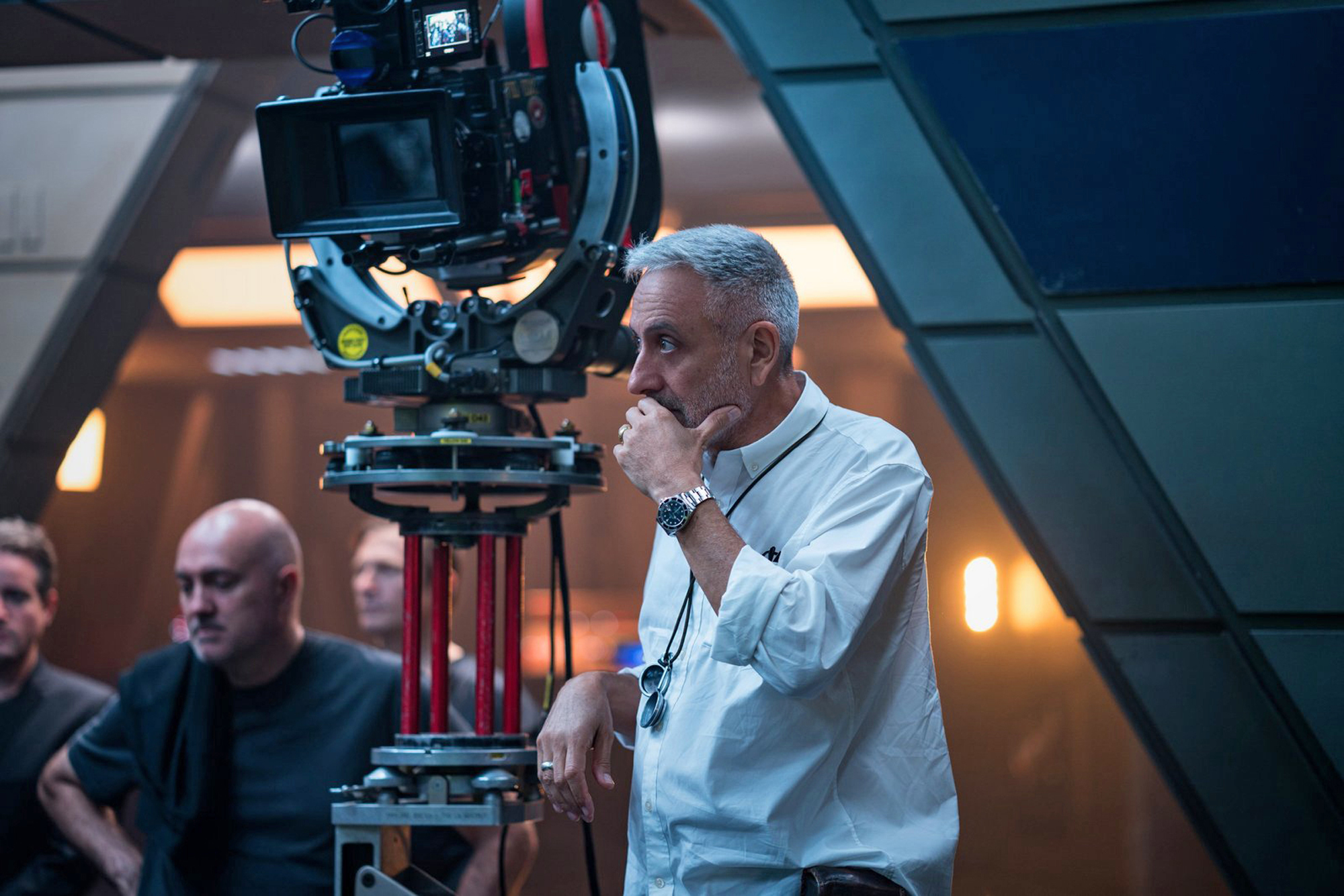
"It might be a cool idea to just use available light, but if you want to make your own mark as a DP, and to stamp your production with its own visual identity, it's much more exciting, and supportive to the actors, to demonstrate a command of classical photographic knowledge and filmmaking techniques."
- Dan Mindel BSC ASC SASC
Star Wars: The Rise Of Skywalker is Mindel's fifth blockbuster production with Abrams following Mission: Impossible III (2006), Star Trek (2009), Star Trek Into Darkness (2013) and Star Wars: The Force Awakens (2017), which were all shot on celluloid film. Mindel's other celluloid credits include Oliver Stone's Savages (2012), and Marc Webb's The Amazing Spider-Man 2 (2014) and The Cloverfield Paradox (2018), directed by Julius Onah, which was acquired from Paramount by Netflix.
"J.J. is one of the most creative people you'll ever meet, and was perfectly content to let film weave its magic once again," says Mindel, who also teaches best film practices to aspiring DPs at ASC Masterclasses and as part of his duties as Cinematographer-in-Residence at UCLA.
Principal photography in widescreen 2.40:1 on Kodak 35mm took place over the course of 130 shooting days between August 2018 and February 2019, chiefly at Pinewood Studios and Cardington Studios, in the UK, where a number of gigantic sets were constructed. These included: The Resistance's cavernous underground base, plus the interiors/exteriors of the Blockade Runner and Star Destroyer spaceships. Pinewood's northern backlot and exterior water tank housed sets for the frigid, mountainous planet of Kijimi, and the light sabre fight on the deck of a Death Star space station adrift in the stormy ocean. Nearby Black Park was used for the movie's jungle exteriors.
Production also encompassed a stint in the bright sunshine at Wadi Rum, Jordan, for the movie's desert scenes, where filming involved as many as 1,000 cast and crew members working from an extensive unit base.
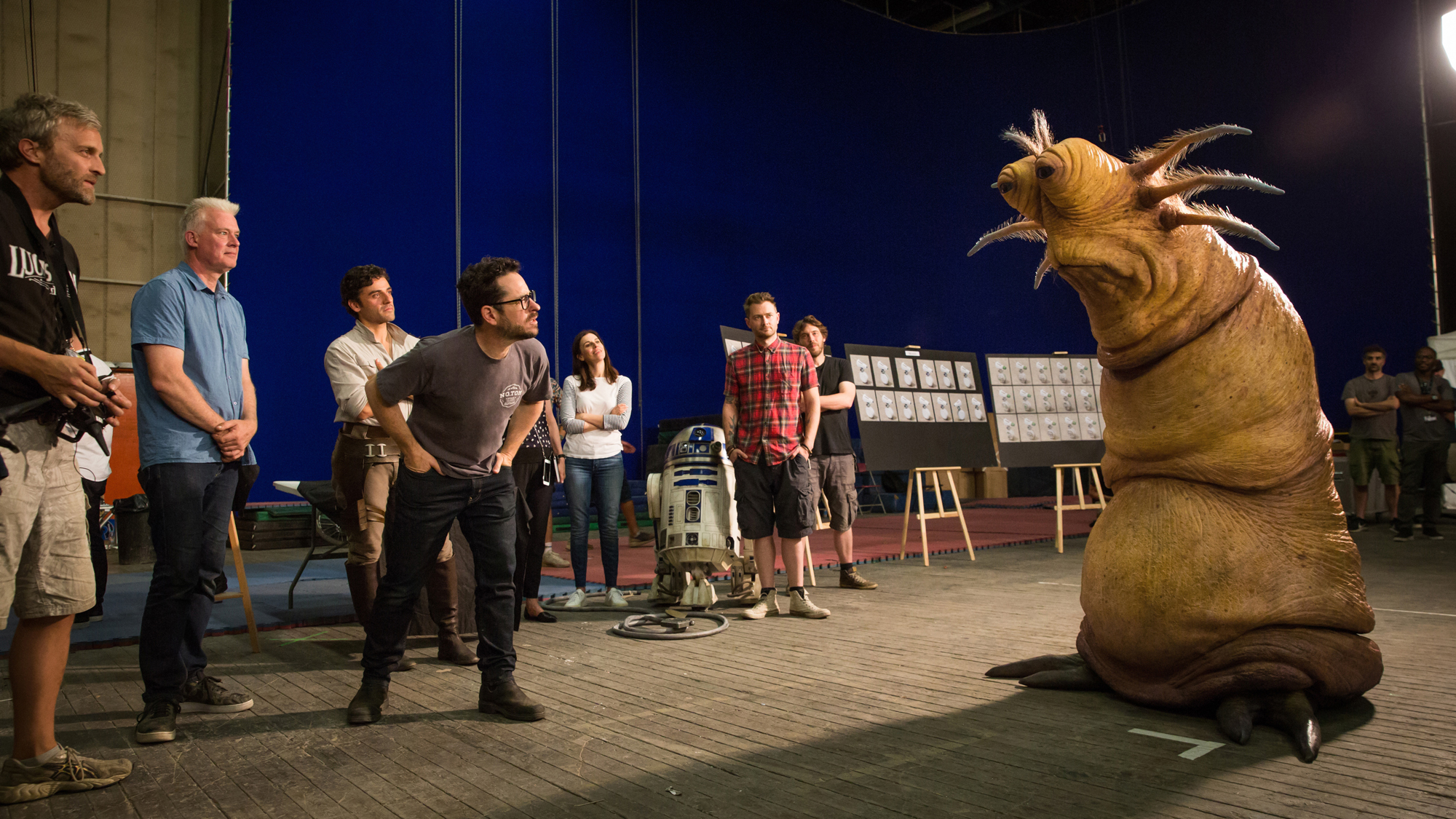
Well-before production began, Mindel says he outlined his lighting strategy for the movie during a private dinner in LA amongst executives from MBS, which provided much of the illumination for the film, and his gaffer Perry Evans.
"Whether you are lighting a ravaged hero, such as Rey, or an evil adversary like Kylo Ren, the result has to look gorgeous and impactful on-screen," he says. "That's what movies are all about, and that's what would help to differentiate our production from the homogenous, indistinguishable formats being made today. So, knowing that we were to going shoot on analogue film, I revealed to my lighting team that I wanted to use analogue fixtures for the keylights on the actors."
During production, whilst LEDs were used to illuminate large background swathes of the often very large sets, Mindel deployed an array of traditional sources - such as 20Ks, 10Ks, 5Ks, 2Ks, Mole Beams, a full ARRI HMI package, lightning strikes, paparazzis, a huge assortment of practical and non-practical sources, incandescents, plus focussed Fresnels - to bathe the actors in appropriately flattering or non-flattering analogue light.
"It might be a cool idea to just use available light," says Mindel, "but if you want to make your own mark as a DP, and to stamp your production with its own visual identity, it's much more exciting, and supportive to the actors, to demonstrate a command of classical photographic knowledge and filmmaking techniques."
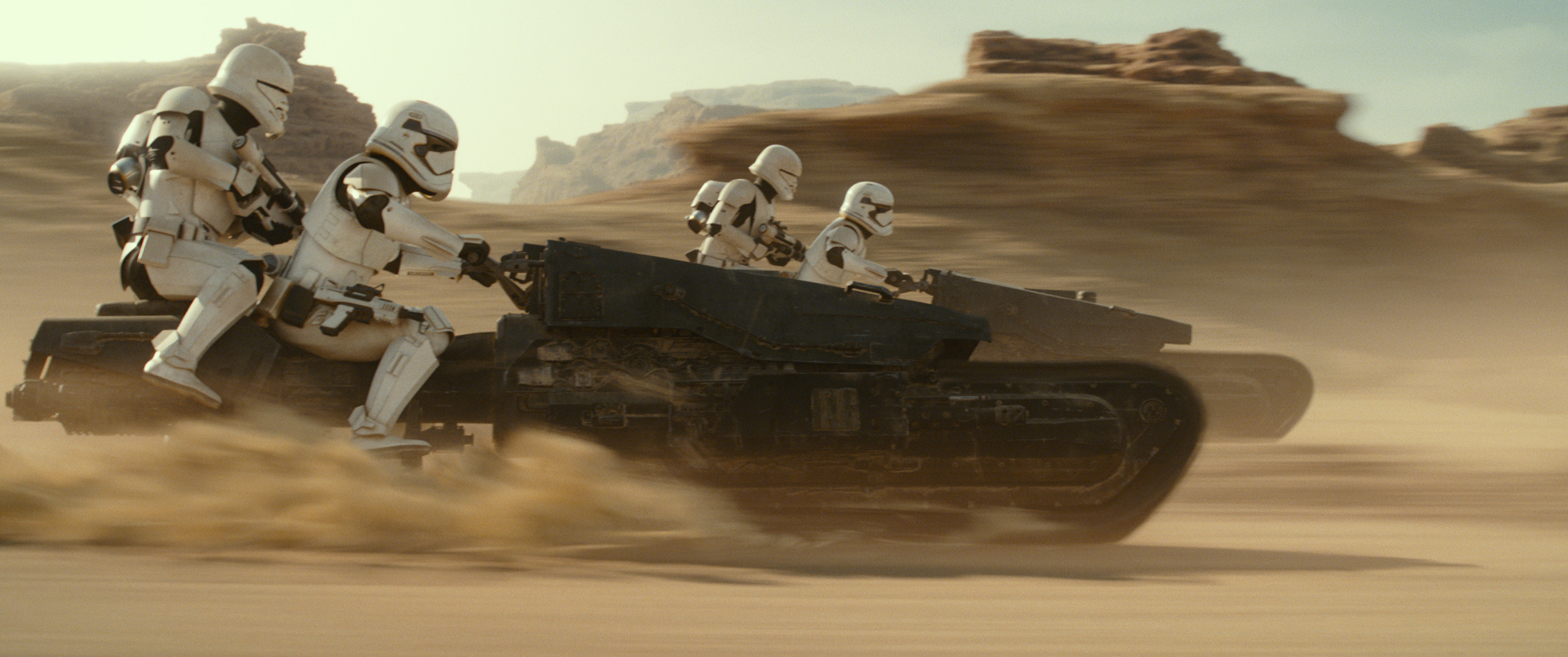
Working with Panavision's teams in Woodland Hills, California, and Greenford, London, Mindel settled on the same combination of camera and lenses he used on Star Wars: The Force Awakens, namely Panavision XLs - the same ones used on Star Wars: The Force Awakens, which were engraved as Millennium Falcon and Death Star and painted black - fitted with Panavision Retro C Anamorphics. For this concluding episode however, the DP had Panavision lens guru Dan Sasaki re-engineer the Retro Cs to reduce the contrast and nurture a subtle overall warmth to the image, whilst retaining the pleasing separation of background and foreground.
"With film and Anamorphics, the drop-off is so fast that the plane of focus really helps to separate the foreground from the background, and the background is perpetually on the edge of frame or soft. Watch out for the close-ups of C-3PO in the warmly-lit interior of the Droid workshop," he points to as just one example, "Using a 75mm Retro C, wide open at T2.8, and capturing on film, the bokeh looks almost like liquid, and the final image has incredible intimacy. The result is no less crisp, nor lacking in resolution than if you shot digitally, it's just more forgiving."
Mindel shot the vast majority of the film's interior/exterior scenes with just one stock, Kodak Vision3 5219 500T, shooting uncorrected, harnessing Kodak Vision3 50D 5203 for the sunlit desert scenes in Jordan and bright days in Black Park, the UK.
"Even after 40 years in the business, film technology still blows me away," Mindel exclaims. "We had a multi-racial cast and both stocks gave all types of skin such lovely rendition and texture in the same frame, with no post manipulation to the palette.
"The 500T 5219 is probably my most favourite stock ever. Along with having fine grain, it is fast. You don't need to use vast quantities of light to build stop, and it allowed me to control the aperture of the lenses in a very easy way. Additionally, its latitude meant I could shoot our many dark and scary scenes in low-level light and have confidence that any highlights would still register perfectly well."

"The improvements in film scanning, combined with post treatment using grain patterns and filmic emulations, mean that the CG and VFX elements blend incredibly well with the live action shot on celluloid. The results look real and alive, and you simply cannot see the join. There are times when I ask myself, 'Did I shoot that for real, or did they generate that in post?'"
- Dan Mindel BSC ASC SASC
For instance, Mindel says that for powerful dramatic effect Abrams wanted the huge sets of the dark, subterranean action in the third act of the movie to be black and lit by lightning.
"I have used strikes and flashing lights many times before, but had never lit entire sequences just with lightning alone," Mindel explains. 'You have to make a special commitment to shoot black. It can be very technical - with vast over-exposure dying off to complete darkness - and it was initially quite a nerve-wracking experience. So we had to design it so that things were never in blackness for too long. Using the analogue lighting fixtures and their decay, plus smoke to help bounce the light around, gave a superb layering to the look. The 500T captured it all superbly well. I had the confidence of being able to let the light, lenses and silver do their jobs, and was very happy with the results."
"For its part, the 50D 5203 has fantastic contrast and is similarly super-pliable in terms of rendering details in the high and low-light areas of the image. You can let the highlights go by 3 or 4 stops and you will be OK. What a gift it was to be able to capture our desert scenes in winter sun on 50D. I think those sequences look absolutely fantastic in the final movie too."
Film processing was done at Kodak Film Lab, based on the Pinewood Studios' lot. "I was serious about screening dailies before work every morning," Mindel remarks. "The proximity of the lab meant we could process and scan the negative overnight, and then review and colour the dailies in the Adrian Biddle Theatre next morning. It's a great way to work. It allowed me and my crew to make any adjustment to the on-set lighting for the coming day's shoot, and for all other departments to evaluate and adjust their work accordingly as well."
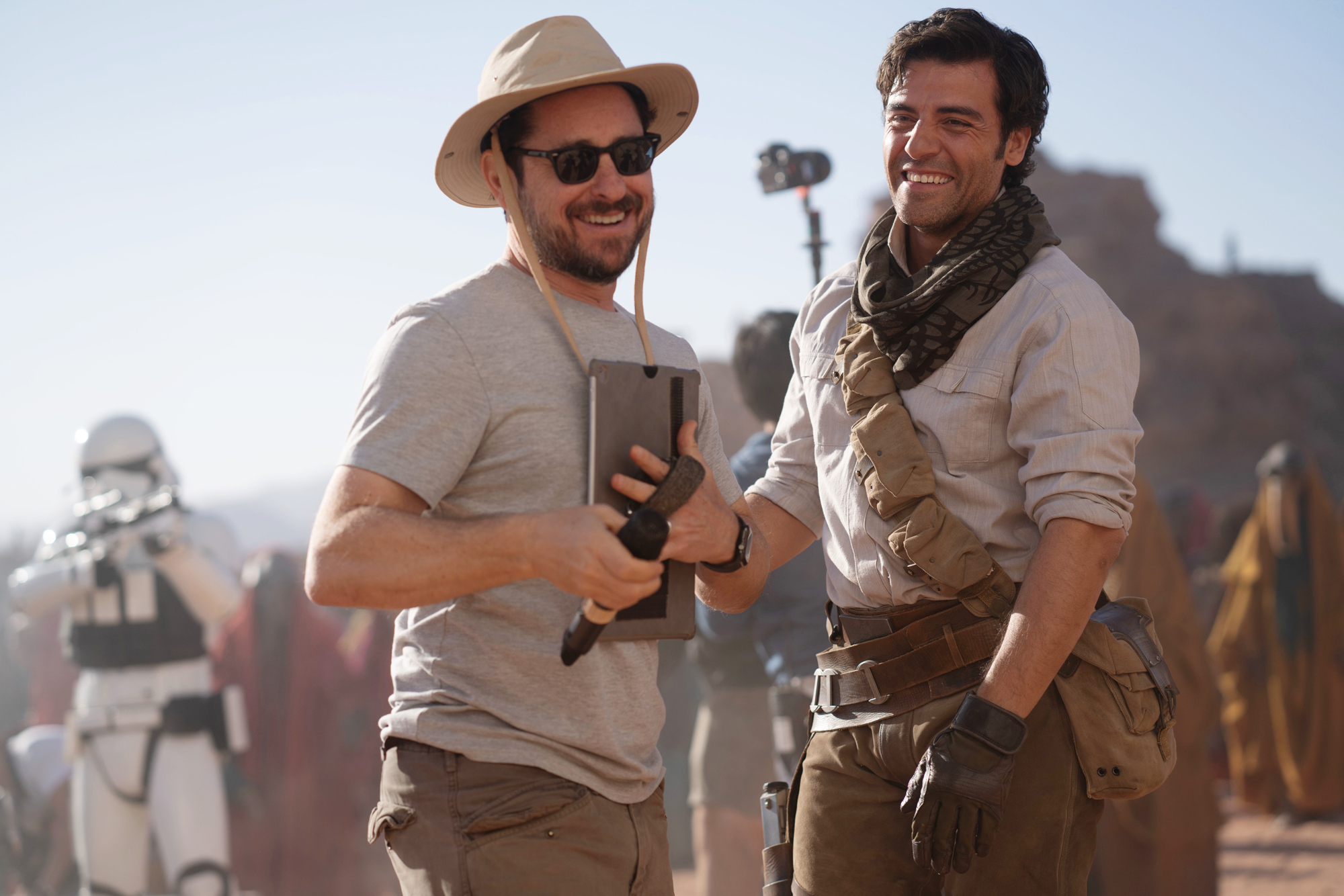
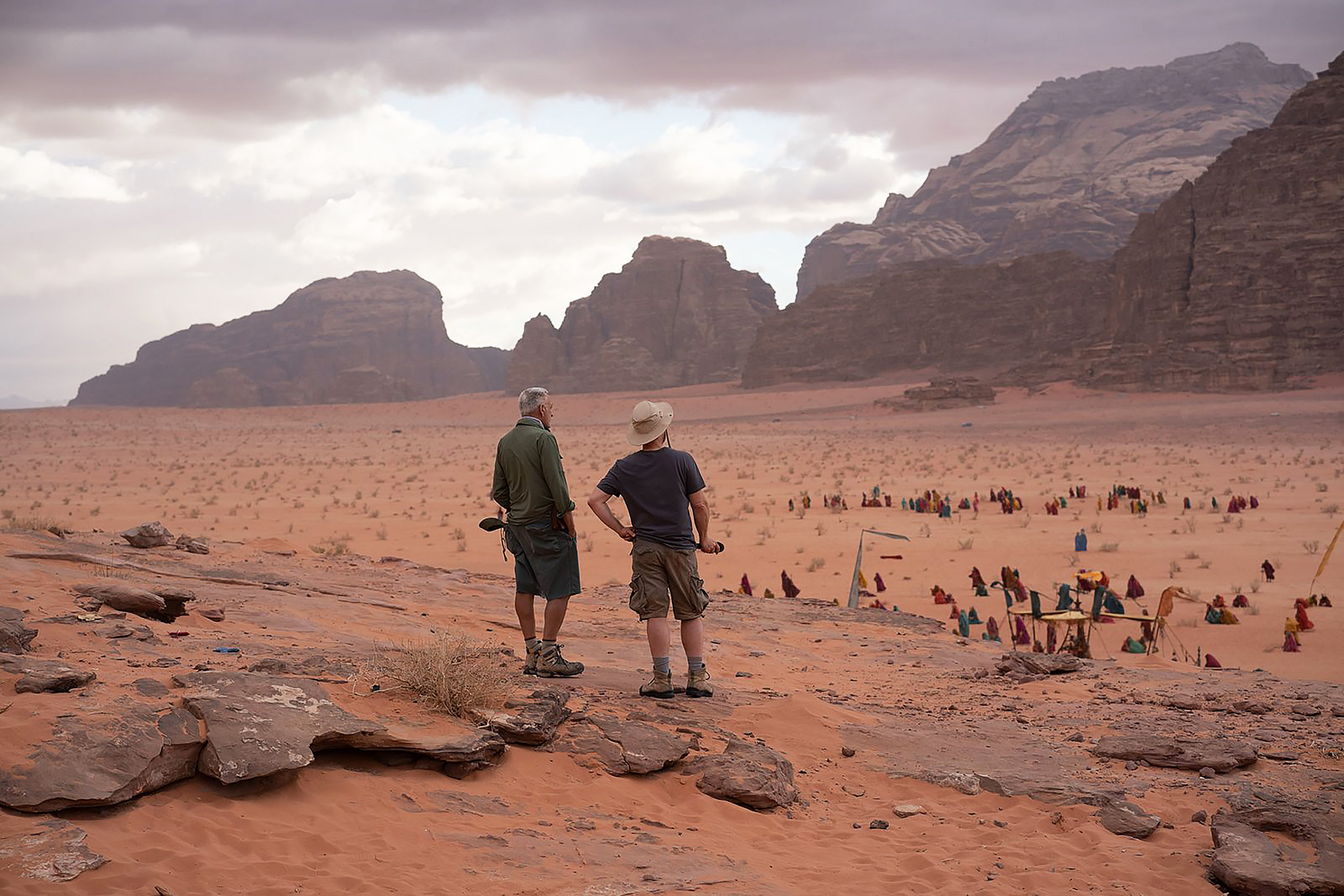
Mindel says he was delighted to be able to pull together the same camera and lighting crew he had worked with on Star Wars: The Force Awakens - from the art department to the grips. The team included: Colin Anderson as A-camera/Steadicam operator, with Serge Nofield pulling focus, and Graham Hall operating B-camera, similarly supported on focus by Robert Palmer. Once again Perry Evans worked as the production gaffer, with Gary Hymns heading up the grip team on the production's many dolly and crane shots.
"They are all great technicians, and friends, and so committed to what they do," says Mindel. "It was very reassuring to have some of the world's best people with me on this production. The atmosphere they created made it a great workplace."
Obviously, with a galaxy-hopping sci-fi adventure such as Star Wars, seamless visual effects are vital to the suspension of disbelief. Mindel enthuses that ILM, the lead VFX vendor on the movie, and VFX supervisor Roger Guyett, "knocked it out of the park - the computer generated VFX are stunning."
He continues, "Synthetic CG animated and VFX elements are crisp and clean when they are emitted from the computer and can often look false when combined with digital live action. But the improvements in film scanning, combined with post treatment using grain patterns and filmic emulations, mean that the CG and VFX elements blend incredibly well with the live action shot on celluloid. The results look real and alive, and you simply cannot see the join. There are times when I ask myself, 'Did I shoot that for real, or did they generate that in post?'"
The final colour grade on the film was conducted by Stefan Sonnenfeld at Company 3 in Los Angeles.
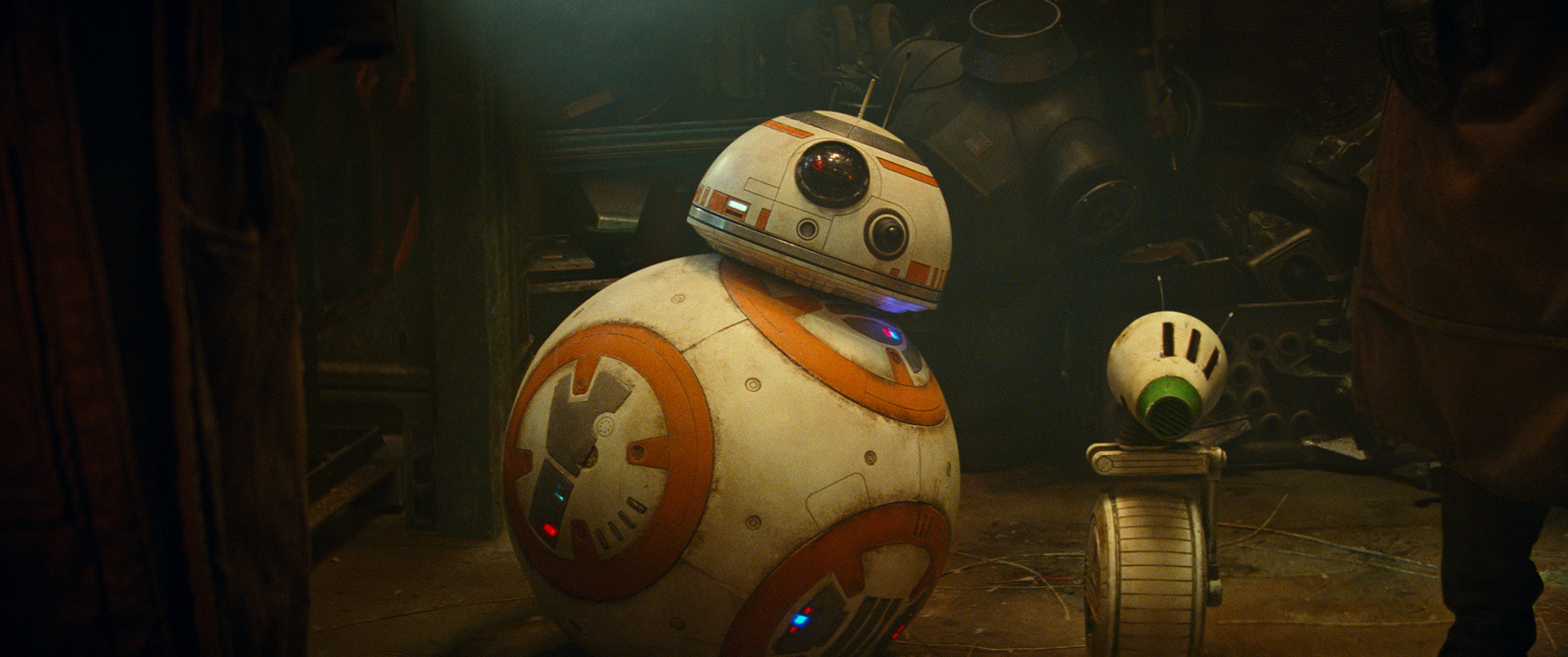
Mindel is a firm believer in the control that comes with shooting on celluloid. "The level of discipline when you are shooting film is far greater than when you shoot digitally, when the cameras are barely turned off and there's often a breakdown in control and communication on the set. When there's film in the camera, you have to reload, which allows for a quick reset of everything, plus the actors can take a breath and speak to the director. The bonus is that people - the actors and crew - really pay attention: they are far more focussed."
Mindel concludes: "I am so happy that we shot Star Wars: The Rise Of Skywalker on celluloid film. The result is, as it should be, visually-distinctive. Also, as a cinematographer, film requires you to really think about what you are doing. In the last couple of years, it's become understood that film remains a valid part of the moviemaking process and it's not going away. For youngsters participating in film's renaissance around the world it's an exciting time for them to make their mark.
"We must continue to demonstrate that film is a viable methodology and a perfectly useable platform that cannot be shutdown simply because of a digital alternative. I would now love to see more directors reduce their inclination to go technical with digital, and come back to the traditional nuts and bolts of filmmaking, to tell their stories with a simple film camera and aesthetics that really only film can deliver."







